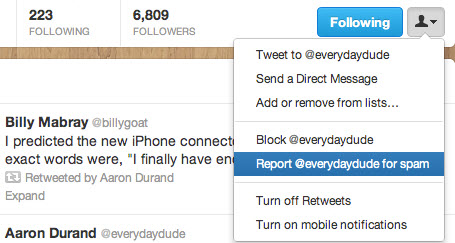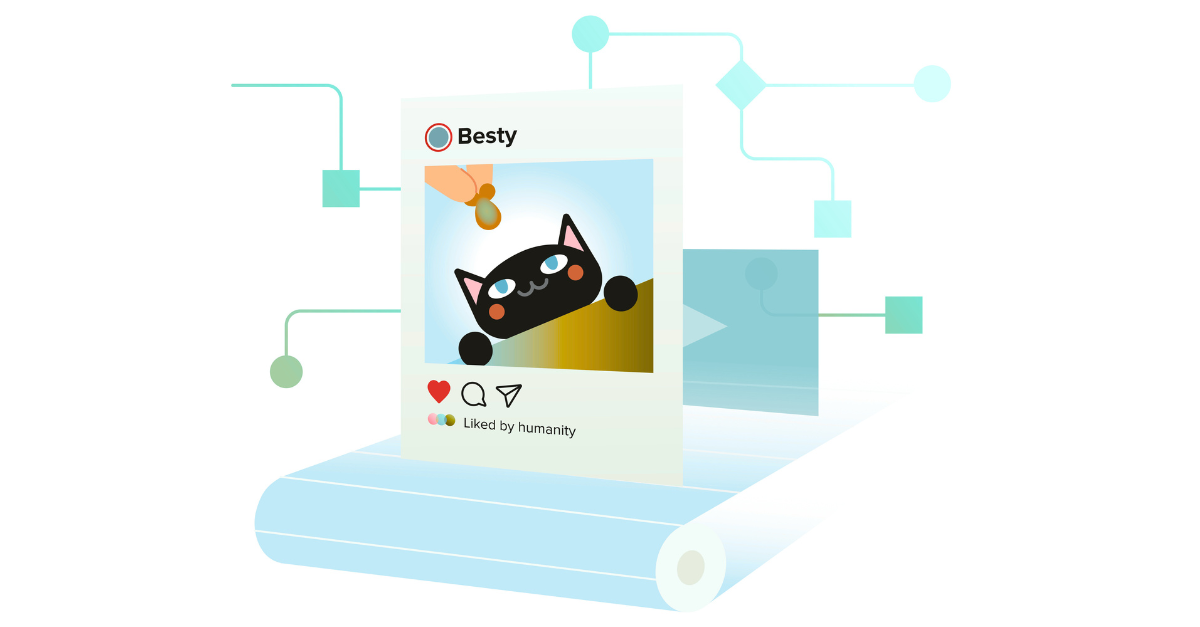Spammers have been using email for years for delivering irrelevant content, photos, links, and scams. With the surge of social media, spammers have a new avenue. Nexgate’s 2013 “State of Social Spam” research report marked a 355% increase in spam content on social media networks in the first half of 2013. On Facebook alone, social spam represents a $200 million business. The rise of social spam tarnishes the integrity of brand messaging across social channels and leave brands confused of how to avoid creating valid, relevant content that is looks or feels spammy.

Nexgate’s report also noted that 1 in every 200 social media post are considered by consumers to be spam. It’s difficult to have a substantial return on your investment, if your followers think your posts contain spam, meaning it is seen as overly promotional or irrelevant.
5 Tips to Prevent Social Content Sabotage:
- Avoid Link Dumping: Don’t use links to simply fill your content calendar. Make sure each link has solid tips, stories, and/or insight that allow you to share your brand’s message and ideas in your industry. Many brands post information on Facebook as links, which results in lower engagement rates, as links are least likely to garner interaction from followers. Videos and photos are the most likely to garner interaction. Mix up your brand’s content, especially with photo posts. Spammy marketers rarely mix up their content type.
- Avoid Posting Only Sales-Related Updates: Depending on your industry, talking sales all the time is likely to cause followers to rethink whether you’re worth following. Instead, offer incentives periodically that encourage them to share your valuable content. Feature a fan each week, perhaps for “best photo” or most engaged, or use “Enter a Sweepstakes to Win” to promote customer engagement and loyalty.
- Don’t Post Every 10 Seconds: Don’t overwhelm your audience, making them feel like you’re constantly trying to sell them something; this is a tactic employed by many spammers as mentioned in #2. Instead, space out your messages and allow audiences to fully digest the information you’re sharing without being overpowering. If you want to be sure you’re spacing out your content enough, you can use a scheduling tool (like the emfluence Marketing Platform).
- Don’t Direct Message every new follower: This trend originated on Twitter and has been crossing over into other social channels; by now, it is pretty cliché. Personalization and a timely touch is great, but autobot messages are more of an annoyance and a little awkward. Imagine messaging all of your personal friends thanking them for the “add”! (No one probably thinks the brand is actually personally responding anymore.)
- Avoid Spammy Words: Words that sound spammy or promotional can absolutely sabotage your social content. Even though you’re not triggering spam filters and getting sent to a “Junk Folder” the same way you would in email marketing, your customers – real people – can be majorly turned off by overuse of promotional language like “FREE” “$$$” and “Earn”. Use these too much and your followers will learn to tune you out.
The biggest tip is to remember that social content should be human, genuine and in your own brand voice. Talk like you’re having a conversation with a real person and you should safely avoid sounding like social spam.
Need more guidance on writing savvy social media content? Check out, “5 tips for writing a sharable headline for your content” and “planning social content that is relevant to the times and to your brand”



